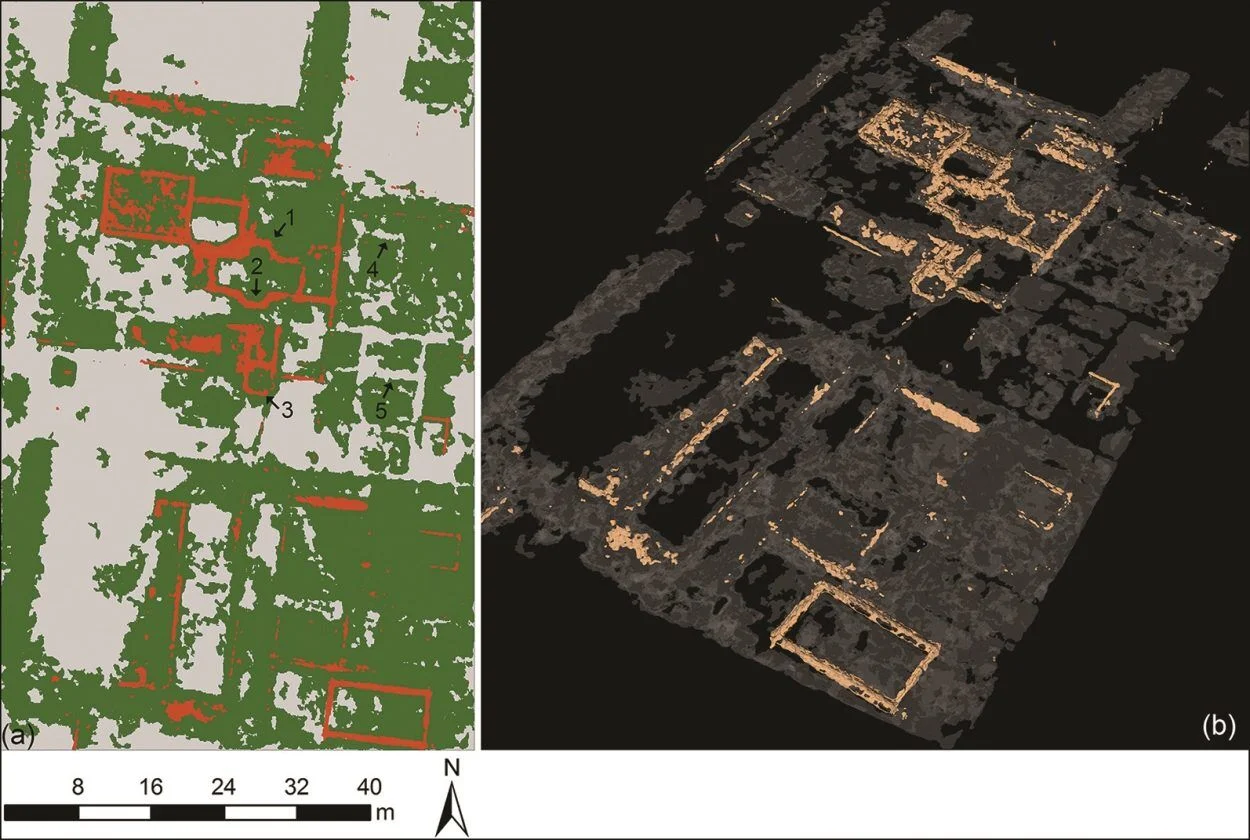Archaeologists have mapped the entire Roman site of Falerii Novi using GPR.
Falerii Novi was a walled Roman city founded around 241 BC, located 50 km north of Rome on the Tiber River valley.
Historians believe that Falerii Novi was founded after the Roman’s supplanted the Falisci tribe, following a revolt against Roman authority in the region. At its peak, the city covered an area of 75 acres and remained inhabited until the early Medieval period around AD 700.

Archaeologists have been using advanced ground-penetrating radar to survey the entire city for the first time. Ground-penetrating radar is a geophysical study using radar pulses to create an image of features or the boundary between materials beneath the subsurface.
Although the principle of GPR has been around since 1910, when the first use of continuous-wave radar was applied to locate buried objects by Gotthelf Leimbach and Heinrich Löwy, the technology has advanced considerably over the past few years. GPR today takes high-resolution imagery, with a reading taken every 12.5cm across the entire site, towed by an all-terrain vehicle to quickly map large swathes of Falerii Novi.
The research, now published in the journal Antiquity has led to the discovery of several previously unknown buried buildings, including a large bathing complex, a market or forum, a temple, and some sort of public monument.

Professor Martin Millett, from the University of Cambridge said “The level of detail provided by this work has shown how this type of survey has the potential to revolutionize archaeological studies of urban sites.”
However, the sheer wealth of data produced by such high-resolution mapping creates its own set of problems. Traditional methods of manual analysis are extremely time-consuming, requiring around 20 hours to fully document a single hectare. As such, it may be some time before the researchers finish examining Falerii Novi, so in an effort to speed up the process they are exploring ways of automated analysis.
Nevertheless, even these initial results are still revealing much about Roman cities. Notably, it appears to be less standardised than many other well-studied towns, like Pompeii, revealing the complexity and variation in Roman urban design. This technology has the potential to revolutionise our understanding of Roman cities.
Header Image – Falerii Novi – Image Credit : Antiquity







